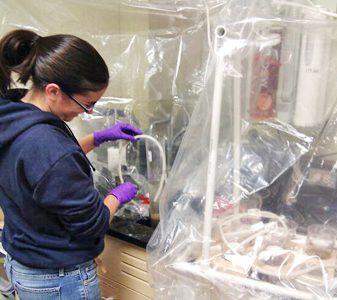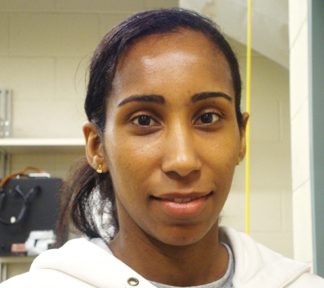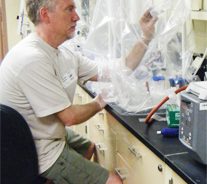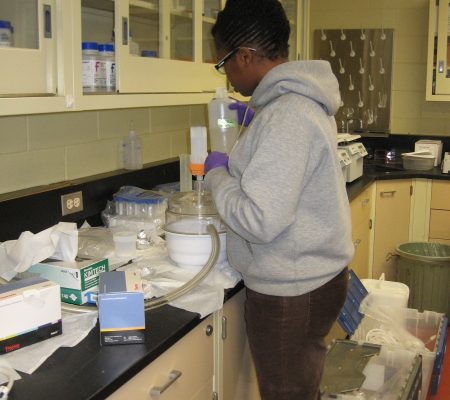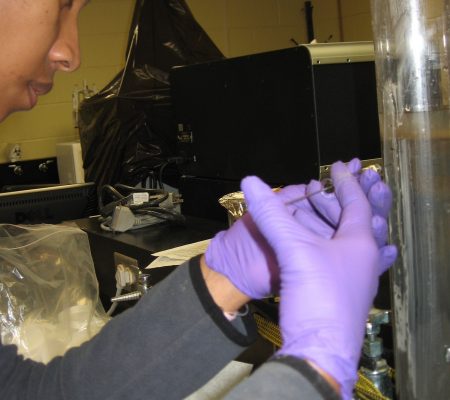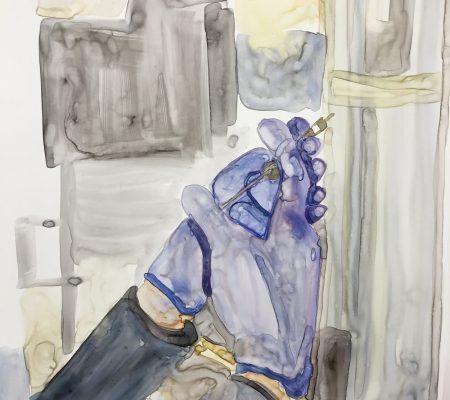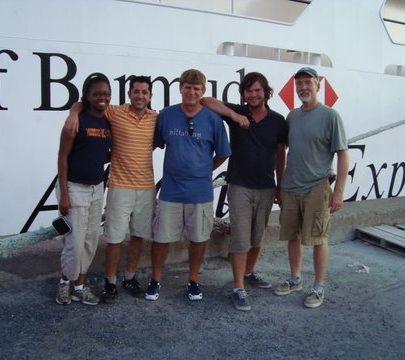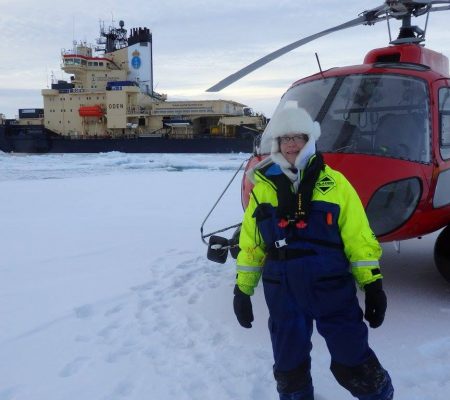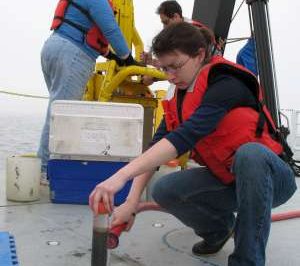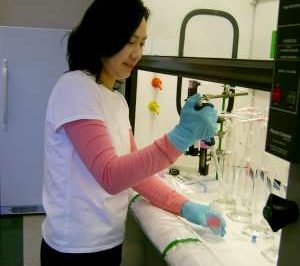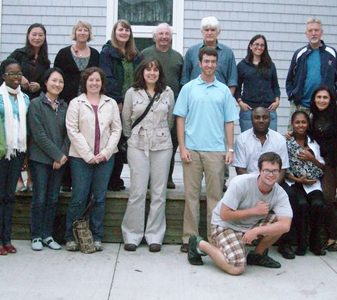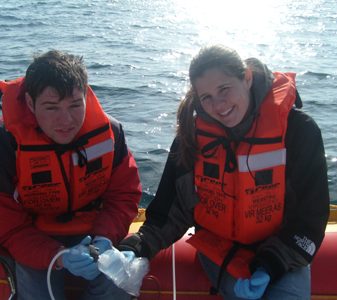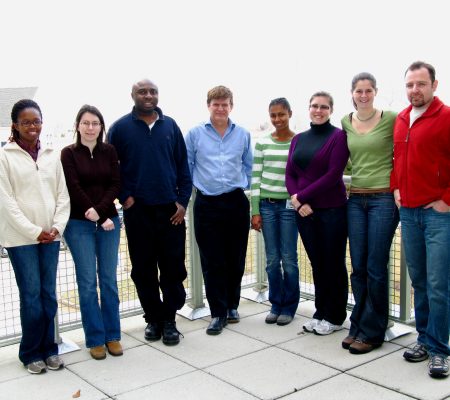Major advisees graduated – Ph.D.
- Patricia Myer. PhD, University of Connecticut (UConn), Marine Sciences (Mar Sci.). “A Critical Examination of the Factors Controlling Methylmercury Uptake into Marine Plankton” Defended March 2023.
- Yipeng He. PhD, UConn, Mar. Sci. “Air-sea exchange of mercury and its species in the coastal and open ocean” Defended November 2022. Now post-doc at FIU with Mark Stephens.
- Emily Seelen, PhD, UConn, Mar. Sci. “A multi-estuary approach to better understand the sources and fate of methylmercury within estuarine water columns”. Completed studies in December 2018. Now a post-doc with Seth John at University of Southern California. seelen@usc.edu more
- Brian DiMento, PhD, UConn, Mar Sci “An investigation of the major transformations and loss mechanisms of mercury and selenium in the surface ocean”. Currently a post-doc working with Christoph Aeppli at the Bigelow Lab in Maine in May 2019. bdimento@bigelow.org more
- Nashaat (Nash) Mazrui, PhD, UConn, Chemistry, “The interaction of mercury and methylmercury with reduced sulfur: Implications for the transformations of mercury and methylmercury in the environment”. Graduated in December 2016. Working in Botswana, currently at the Okavango Research Institute. mzrnash@gmail.com
- Kati Gosnell, PhD, UConn, Mar Sci, “Uptake and trophic transfer for mercury and methylmercury at the base of marine food web.” Defended in January and graduated in May 2016. Currently at the GEOMAR Helmholtz-Center for Ocean Research in Kiel. kati.gosnell@gmail.com more
- Susan Gichuki; PhD, UConn, Chemistry, August 2013. “Chemical processes influencing mercury transformations and atmospheric fluxes in the atmospheric boundary layer in coastal regions.” waraugichuki@gmail.com
- Amina Schartup; PhD, UConn, Mar Sci, August 2012. “Role of natural organic matter and sulfur in the bioavailability of inorganic mercury to methylating organisms and to the fate and transport of methylmercury in coastal ecosystems.” Post-doc with Elsie Sunderland at Harvard. Now an assistant professor at Scripps Institute of Oceanography. More
- Udonna Ndu; PhD, UConn, Mar Sci, August 2011. “The mechanisms and pathways of the uptake of inorganic mercury and methylmercury species in Escherichia coli: Possible implications for mercury cycling in the marine environment.” Current address: Gulf of Mexico Initiative Information and Data Cooperative; Udonna.ndu@tamucc.edu. More
- Terill A. Hollweg: PhD, UConn, Mar Sci,. May, 2010. “Mercury cycling in sediments of Chesapeake Bay and the Mid-Atlantic continental shelf and slope.” Currently working at the NOAA Fisheries lab in Seattle. terill.hollweg@gmail.com
- Carrie Miller; PhD Marine Estuarine and Environmental Studies (MEES), University of Maryland (UMD), 2006 “The role of organic matter in the dissolved phase speciation and solid phase partitioning of mercury.”
- Eun-Hee Kim; PhD MEES, UMD 2004. “The importance of physical mixing and sediment chemistry in mercury and methylmercury biogeochemical cycling within shallow estuaries.” ekim@kfem.or.kr. More
- Joy Leaner; PhD, MEES, UMD 2001. “Factors controlling the bioavailability of methylmercury to fish.” Joy.Leaner@westerncape.gov.za.
- Guey-Rong Sheu; PhD MEES, UMD 2001. “Speciation and distribution of atmospheric mercury: significance of reactive gaseous mercury in the global mercury cycle.” grsheu@atm.ncu.edu.tw.more
- Janina M. Benoit; PhD MEES, UMD 2000. “Sulfide controls on mercury methylation by sulfate-reducing bacteria.” jbenoit@wheatonma.edu. More
Major advisees graduated – Masters
- Veronica Ortiz (now Tanguay), MS, UConn, 2013. “An Examination of Marine Snow as a Pathway for Mercury Uptake in the Blue Mussel Mytilus edulis. Current address: CT Department of Public Health Laboratory, 395 West Street, Rocky Hill, CT. tanguay.veronica@gmail.com
- Whalin, Lindsay; MS MEES, UMD 2005 “The investigation of mercury redox chemistry in natural waters and the development of a new method for incubation experiments”. Current address: San Francisco Bay Water Board, (510) 622-2363, 1515 Clay St., Ste. 1400 Oakland, Ca 94612; lwhalin@waterboards.ca.gov
- Bergeron, Christine; MS MEES, UMD 2005. “The impact of sediment resuspension on mercury cycling and the bioaccumulation of methylmercury into benthic and pelagic organisms.
- Rearick, Michael S.; MS, MEES, UMD 2004. “In situ measurement of sulfide in natural waters.”
- Sveinsdottir, Audur; MS, MEES, UMD 2002. “Methylmercury in largemouth bass (Micropterus salmoides) and forage fish from Maryland reservoirs and factors influencing uptake.”
- McAloon, Kelly; MS MEES, UMD 2001. “The bioavailability of mercury and other trace metals to benthic invertebrates.”
- Lawrence, Angie L.; MS MEES, UMD 1998. “Bioaccumulation of organic and inorganic mercury to benthic invertebrates.”
- Lawson (Morgan), Nicole; MS Marine Estuarine and Environmental Studies (MEES), University of maryland (UMD) 1996. “Bioaccumulation of mercury in an aquatic food web.”
Former Research Scientists/Post-docs, Technicians and Others (Since 2005)
- Sofi Jonsson: Sofi was a post-doctoral investigator for two years on a Swedish Fellowship. She returned to Sweden in June 2017. While at UConn, sofi worked on examining the formation of dimethylmercury in the presence surfaces and organic compounds, worked with others looking at methylation and demethylation in coastal waters, and other transformations of mercury in the environment. Sofi was an author on two publications while at UConn with others still in preparation and in review. For more
- Prentiss Balcom: Prentiss, after many years working with Bill Fitzgerald and then in my lab has moved to Harvard where he has a full-time position with Elsie Sunderland. See
- Maria Andersson: Maria was a post-doc from 2008-09 and worked on the air-sea exchange of mercury, focusing on studies on and around Bermuda. Maria returned to Sweden after her stay at UConn.
- Oguz Yigitehan: Oguz was a post-doc working on the analysis of samples from the Pacific ocean and on a project examining the uptake and trophic transfer of methylmercury in waters from a contaminated river. He returned to Turkey after his stay at UConn.
- Genevieve Bernier: Genevieve was the lab manager and technician from 11/2005 until summer 2009. She worked on many projects, but mainly the Superfund studies with Dartmouth. She returned to Canada at the end of her time at UConn.
- Bian Liu: Bian worked on a collaborative project with Harvard University examining the impact of hurricanes on mercury dynamics in the Gulf of Mexico. Bian is now an Assistant Professor at the Icahn School of Medicine at Mt Sinai in NY. See
Visiting Scientists and Students (Since 2005)
- Mariame Coulibaly: Mariame was a Fulbright Scholar in the lab from October 2015 until June 2016. She examined the role of organic matter and sulfide surfaces on the dark reduction of ionic mercury. He prior studies have focused on metals in the environment. She returned to Adibjan where she is a Assistant Professor at the Ecole Normale Superior.
- Xiangming Shi, a PhD student at Xiamen University in China, visited at UConn for 6 months. She worked on a project examining the flux of methylmercury (MeHg) from sediments based on the radionuclide approach, and comparing these estimates to more traditional flux estimates based on MeHg gradients and diffusion. Details on her research and publications can be found on Researchgate.
- Maodian Liu was a PhD student in the College of Urban and Environmental Science in Peking University when he visited UCONN for one year (from Nov.2016 to Nov.2017) as a visiting scientist. Maodian is interested in the transportation of mercury (Hg) and methylmercury (MeHg) from rivers to the ocean, and the role of processes such as soil erosion in Hg transport. He is studying he production and cycling of MeHg in the freshwater and seawater influenced by anthropogenic and natural factors, and the factors influencing human exposure to MeHg. Since graduating, Maodian has been working as a post-doc at Yale University and we are still collaborating.
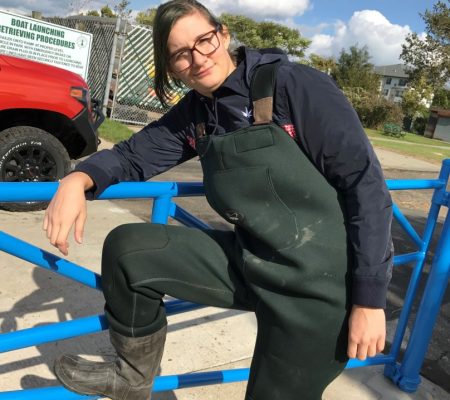
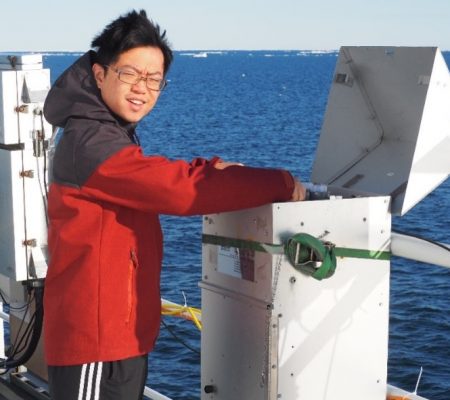
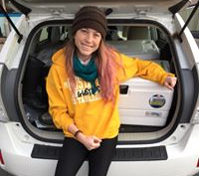
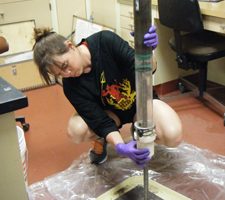
![IMG_1500[1]](https://mason-mercury.media.uconn.edu/wp-content/uploads/sites/1694/2017/08/IMG_15001-450x400.jpg)
